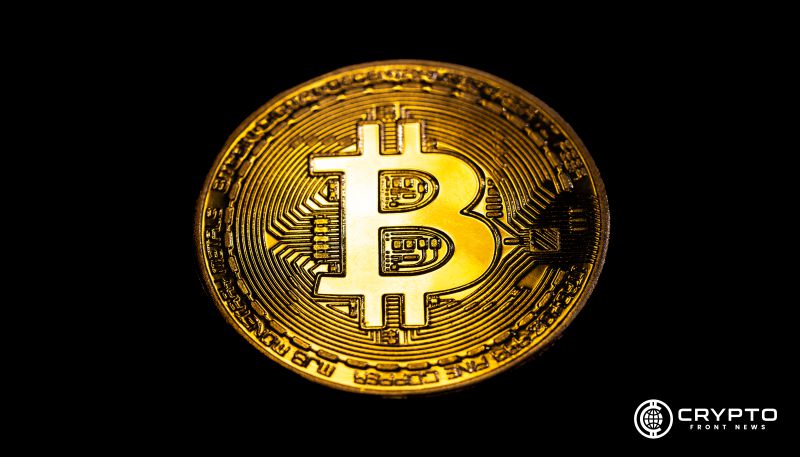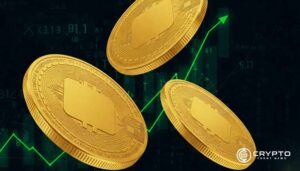- Adam Back believes Bitcoin can rival gold and idle real estate as a store of value in the global financial system.
- He cites Hal Finney’s $200T estimate as a framework for Bitcoin’s potential in absorbing global monetary premium.
- Bitcoin’s future growth depends on rising adoption, driven by both institutional and retail investor interest.
Famed cryptographer Adam Back believes Bitcoin could eventually grow into a $200 trillion market, citing a long term adoption tied to the asset’s growing role as a financial instrument. During a recent interview, Back compared Bitcoin’s potential to the monetary premium found across major asset classes such as gold, housing, stocks, and bonds.
He noted that Bitcoin’s rising use and investment appeal place it in direct competition with traditional stores of value, especially gold. Back emphasized that Bitcoin has already come within a factor of nine of gold’s market cap, which is at around $13 trillion.
Gold and Idle Real Estate as Comparable Assets
According to Back, Bitcoin is not just a payment tool but a rival to gold, offering an investment driven appeal. He pointed out that gold’s current valuation is influenced by macroeconomic conditions and institutional demand, especially during times of global uncertainty. Governments, he said, often acquire gold as a hedge, adding to its market weight.
However, Back suggested that gold isn’t the only reference point. He noted that real estate, particularly housing assets held solely for investment purposes, also contributes heavily to monetary premium. Properties that remain unrented or unused are, in his view, similar to non productive financial assets.
This premium, as explained by Back, extends to other sectors like stock markets and bonds, where investors park capital not for utility but as store of value alternatives. These comparisons offer insight into the broader market of capital allocation that Bitcoin may tap into over time.
Hal Finney’s $200 Trillion Estimate Resurfaces
Back also referred to Hal Finney’s early Bitcoin valuation model, which estimated the addressable monetary premium market at $200 trillion. Remarkably, Finney made this forecast in January 2009, before any Bitcoin transactions had occurred. Back argued that the estimate is a useful framework for understanding Bitcoin’s potential market size.
He admitted there is uncertainty in how much of this premium Bitcoin can realistically capture. Nonetheless, he linked future gains to increasing institutional and retail interest, underlining continued adoption as a necessary component.
Historical Ties to Bitcoin’s Origins
Back’s connection to Bitcoin dates back to its inception. He was one of the earliest recipients of Satoshi Nakamoto’s white paper, first learning about the digital currency through email in August 2008. Despite this early exposure, he only began acquiring Bitcoin in 2013, a delay he has openly acknowledged.
As a long time supporter of the asset, Back’s outlook aligns with earlier bullish views expressed by venture capitalist Tim Draper. Both have argued that prolonged monetary expansion and fiat currency devaluation could support long term Bitcoin growth movement.






